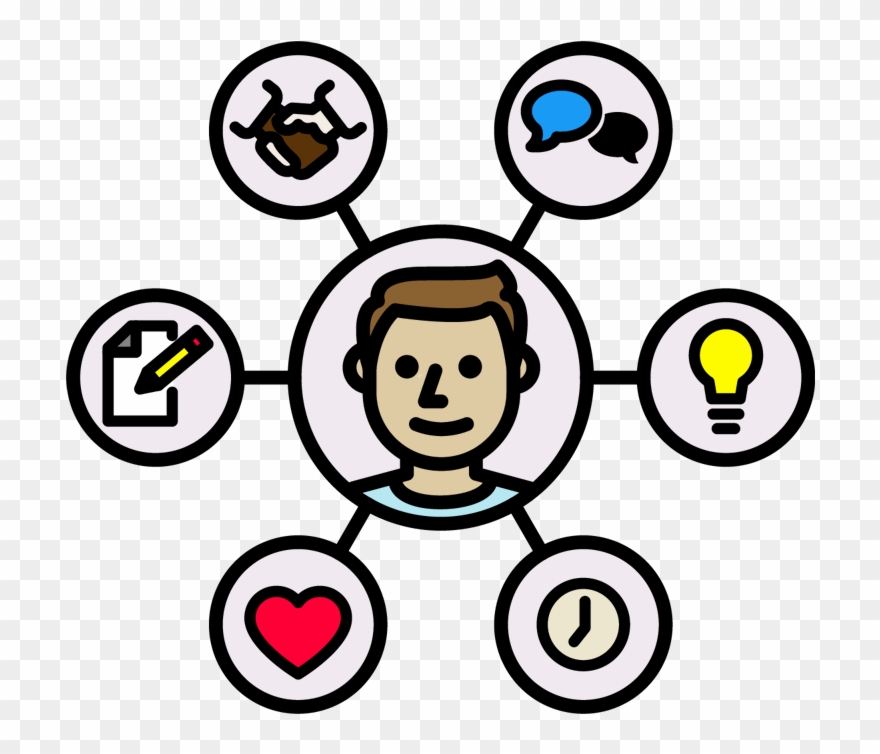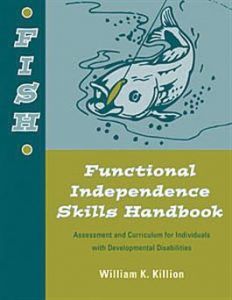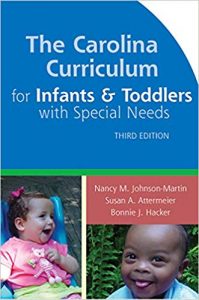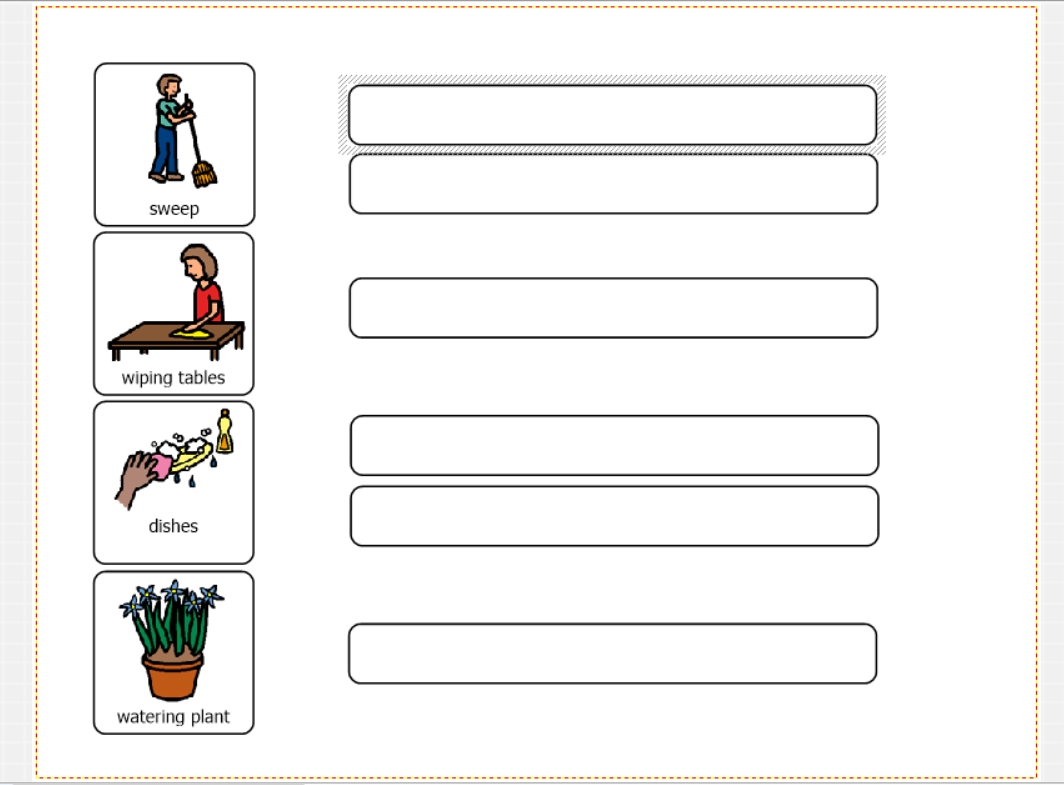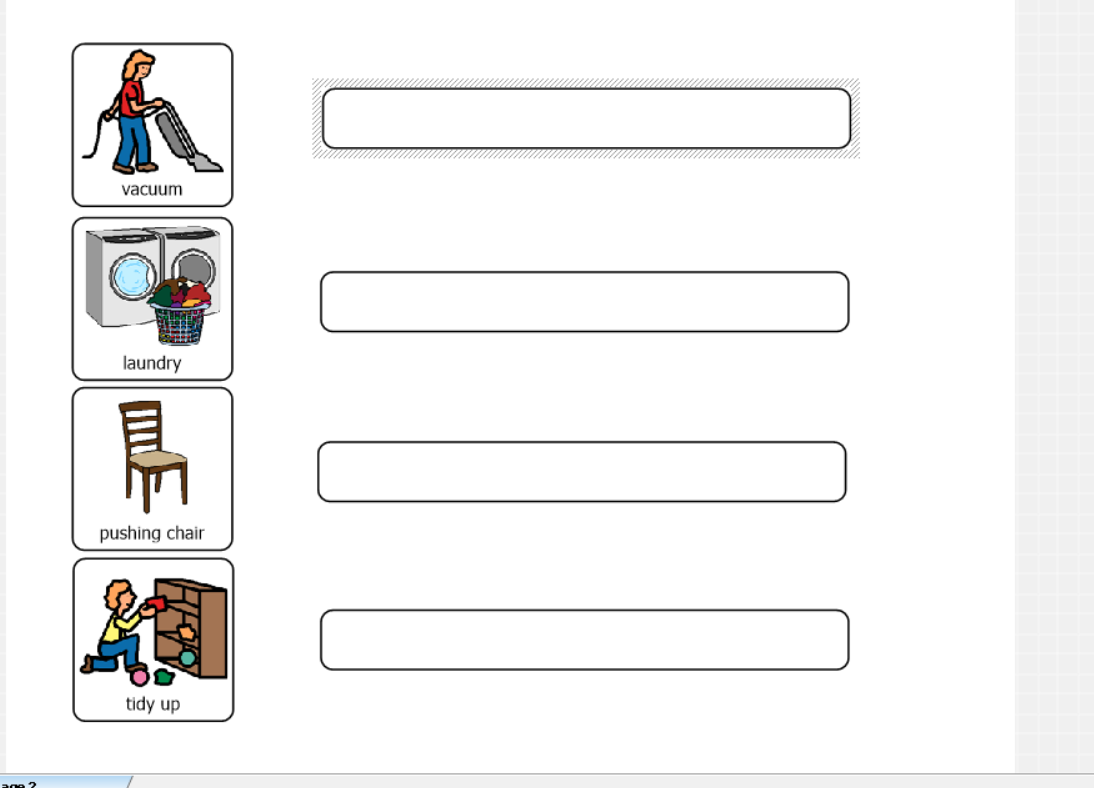I am very fortunate that I am the teacher in a contained class for students with developmental disabilities. Every day is a unique experience with lots of laughter and learning. As my students would be unable to complete the expectations in the Ontario Curriculum, they all follow an Alternative Curriculum. In order to provide a successful alternative program, it requires regular input from parents, daily assessment data and a thorough understanding of the student’s profile (which can be found in the OSR).
Recently, I was asked what my students do all day as they follow an alternative curriculum. Below are the parts of my program. For students who are going to school in an inclusion model or a contained model you could adapt part or all the pieces of a similar program to meet the needs of your student(s).
Morning Meeting- First thing in the morning, we run a meeting on our interactive whiteboard for the entire class that includes review of the date, weather, months and seasons. It also works on communication, social skills and independence as my students run the meeting with little to no staff intervention.
Hygiene- In the bathroom, we take groups of students to work on brushing their teeth, washing their face and putting on deodorant. Some of my students are close to being fully independent and others need full support and are working on tolerating the feeling of a toothbrush.
Snack time- This is a great social time for my students. Everyone has a chance to chat while they are eating which is great for those working on communication goals. Others are working on finding their lunch bags and bringing them to their tables.
Gross Motor- We use equipment ordered for us by the Occupational Therapist and the students do a circuit through a hallway at school. It gives them time to move and build their coordination. It also teaches them how to wait their turn, do tasks in a sequence and listen to instructions.
Activity Time- This is a block of time in the day for students to work on reading, writing, mathematics or fine motor skills independently or with teacher support. In my class, a few students complete independent work, while others work with a staff member on fine motor skills, another group of students work on reading and writing and the fourth group at the interactive whiteboard playing math games. The students rotate throughout the week.
Bathroom- Some of my students require support with toileting. They are supported to become as independent as their cognitive and physical abilities will allow. We also use this time to do teaching about things like changing pads for menstrual cycles.
Art- Creating art pieces gives us lots of time to work on cutting with scissors, holding pencils or markers or being comfortable touching unusual textures.
Lunch/Recess- Similar to snack time but with a 20 minute period outside with the rest of the school. Some of my students can play with other students quite successfully and others are supported to improve in this area.
Grade 8 Buddies- Our grade 8 buddies support us with playing games, completing art, cooking, playing basketball etc… My students absolutely love them! This activity supports students goals around communication and social skills.
Cooking/baking- Once a week we cook lunch. We take this time to work on food preparation and safety, tolerating new foods, cleaning and setting and clearing a table.
Coffee Cart- We run a business selling coffee and tea to the staff once a week. My students are fantastic at selling and are quite the entrepreneurs. This activity works on communication, following instructions, listening to others and completing simple tasks.
Music- My students have music every day. They enjoy playing with the musical instruments and are working on staying focused on a task for an extended period of time.
Life Skills- After lunch everyone has a job to do. They do the job for a full week to give them time to learn the skills necessary to do the job successfully. The jobs include watering the plants, doing the dishes, wiping the tables, tidying up, vacuuming and pushing in the chairs.
Afternoon Meeting- This time is spent focusing on skills we need to practice as a class such as distinguishing between milk and cream for our coffee cart. On Fridays, we do a wrap of the week where I share pictures and we reflect on all the awesome things we did.
Integration- Some of my students join other classes for gym. But ultimately, I am always on the lookout for school wide events that my students would enjoy such as staff/student dodgeball games or the Terry Fox Walk that we join in on.
Every portion of our day is focused on developing skills and learning. My students are incredibly capable and with the right supports and practice they can achieve the goals created in collaboration between school and home!

